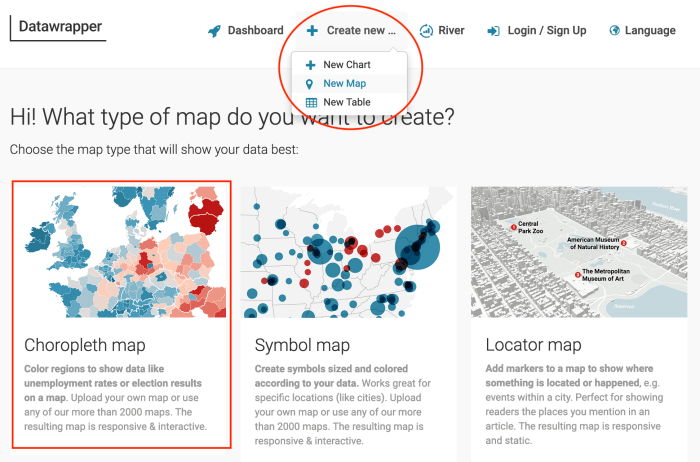How to Choose Smart Devices That Fit Your Budget is a crucial consideration for anyone looking to enhance their home with modern technology without breaking the bank. In today’s fast-paced world, smart devices offer unparalleled convenience and efficiency, transforming the way we interact with our surroundings. However, as the market expands with a plethora of options, navigating the financial landscape becomes essential. This guide will help you understand the types of smart devices available, assess your financial goals, and make informed decisions that align with your budget.
How to Choose Smart Devices That Fit Your Budget

In today’s tech-savvy world, smart devices have become essential tools for enhancing convenience, security, and efficiency in our daily lives. With an array of options available, selecting the right smart devices that align with your budget can be a daunting task. This article provides a comprehensive guide to help you navigate the smart device landscape while keeping your financial constraints in mind.
Understanding Smart Devices
Smart devices encompass a wide range of products designed to streamline tasks and enhance connectivity within homes or workplaces. These devices include:
- Smart speakers (e.g., Amazon Echo, Google Nest)
- Smart thermostats (e.g., Nest, Ecobee)
- Smart lighting systems (e.g., Philips Hue, LIFX)
- Smart security cameras (e.g., Ring, Arlo)
- Smart appliances (e.g., smart refrigerators, washing machines)
The benefits of using smart devices are significant. They allow for remote control of home functions, energy monitoring, and automation of daily chores. These conveniences not only save time but can also lead to cost savings on energy bills. Moreover, integrating smart devices into your home can enhance security with features like real-time alerts and video monitoring.
Assessing Your Budget
When planning for smart devices, several key factors impact your overall budget, including:
- The initial cost of the device
- Installation fees, if applicable
- Ongoing maintenance and subscription services
Estimating the overall costs requires careful consideration of both one-time purchases and recurring expenses. A budgeting template can help keep your finances in check by categorizing these costs into initial payments and ongoing subscriptions. For example:
- Initial Purchase: $200 for a smart thermostat
- Installation Cost: $50
- Monthly Subscription: $10 for premium features
Features to Look For
When selecting smart devices, consider essential features that align with your needs. Important aspects include:
- Ease of installation
- User-friendly interfaces
- Compatibility with existing home systems
- Security features to protect your data
To illustrate, here is a comparison table of popular smart devices:
| Device | Key Features | Price Range |
|---|---|---|
| Amazon Echo | Voice control, smart home integration | $99 – $199 |
| Nest Learning Thermostat | Auto-scheduling, energy-saving alerts | $249 – $300 |
| Philips Hue Starter Kit | Customizable lighting, voice control | $149 – $199 |
Compatibility with existing home systems is crucial. Devices that easily integrate with your current setup can save time and reduce frustration during installation.
Researching Brands and Models
To identify reputable brands in the smart device market, follow these steps:
- Read expert reviews and comparisons.
- Check ratings on trusted retail sites.
- Ask for recommendations from friends or online communities.
Here is a list of top-rated smart devices across various budget ranges:
- Budget-friendly: Wyze Cam (Smart Security Camera)
- Mid-range: ecobee SmartThermostat
- High-end: Ring Video Doorbell Pro 2
When reading customer reviews, focus on details about performance, ease of use, and customer service experiences to make informed choices.
Long-term Value and Maintenance
Assessing the long-term value of smart devices involves considering both their lifespan and functionality over time. A smart device’s value can increase if it effectively saves money and enhances quality of life.
Create a checklist for maintenance and updates, which may include:
- Regular software updates to maintain security.
- Battery replacements for devices like smart locks.
- Cleaning and troubleshooting tips for smart cameras.
Warranties and customer support are also pivotal in ensuring your investment is protected. Always opt for brands that offer reliable customer service and reasonable warranty periods.
Making the Purchase Decision, How to Choose Smart Devices That Fit Your Budget

Making the final purchasing decision can be simplified through a step-by-step approach:
- Determine your key requirements and budget limits.
- Evaluate pros and cons of shortlisted devices.
- Consider where to purchase for the best price.
A pros and cons list can clarify your choices. Factors may include price, features, and customer support. Ideal places to purchase smart devices include:
- Online retailers (e.g., Amazon, Best Buy)
- Direct from manufacturers’ websites
- Local electronics stores with sales and promotions
Final Wrap-Up

In conclusion, making informed choices about smart devices can lead to significant long-term savings and enhanced quality of life. By understanding the variety of products available, assessing your budget, and prioritizing essential features, you can confidently invest in technology that complements your home and lifestyle. Remember, the right smart devices can streamline daily tasks and improve your overall home efficiency, so take the time to choose wisely and enjoy the benefits for years to come.